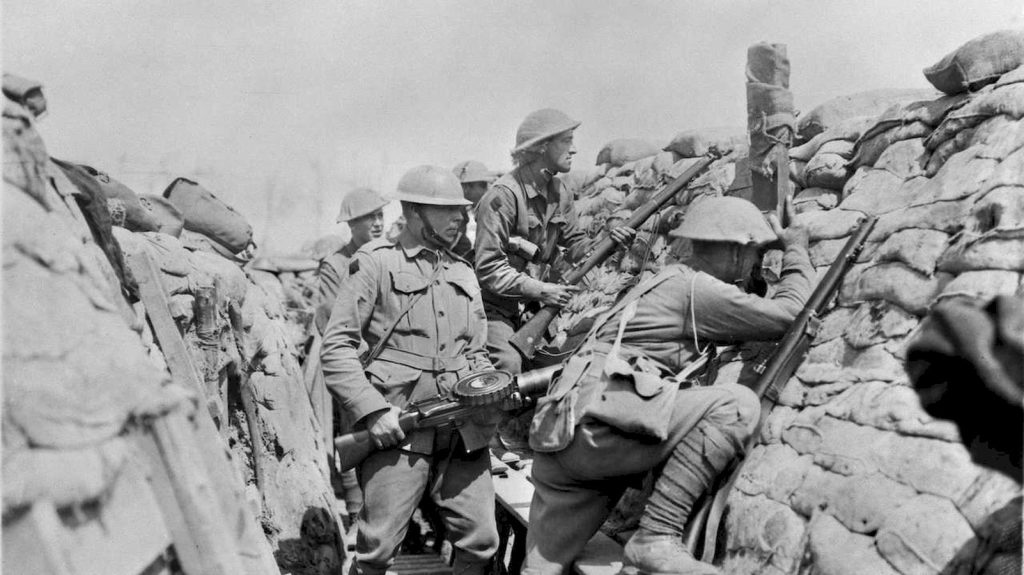Your cart is currently empty!
Tracing History Through Our Streets
Discover the rich heritage of Tanilba Bay’s streets as we journey through time and unravel their fascinating stories.
Tracing History Through Our Streets
Step back in time and uncover the rich tapestry of Tanilba Bay’s history. We invite you to embark on a journey through the heart of our quaint town, where every street corner, heritage building and landmark tells a story.
- Foundations of Tanilba Bay
- The Alliteration of Street Names
- Why World War 1 Commemorative Street Names?
- Land of the Brave: Unveiling the WW1 Legacy in Our Streets
- Thematic Titles Triumph in Tanilba Bay
- Exploring Local History through Street Names in Tanilba Bay
Nestled on the shores of Port Stephens, Tanilba Bay has witnessed generations unfold, leaving behind echoes of a bygone era. The Tanilba Bay Heritage & History Trail serves as your digital gateway to these historical treasures, providing a glimpse into the lives and events that shaped our town.

Foundations of Tanilba Bay: A Journey of Town Development
On 4 December 1918, G D Allen, surveyor, submitted plans for a proposed subdivision to be called Tanilba Bay Estate. The survey was completed in December 1919. Henry F Halloran & Company was selling the estate but did not own the land.
The estate was a Garden City development with a curvilinear symmetrical layout but features both curved and straight streets; L-shaped, angled, and curved street corners; both rectangular and irregularly shaped blocks.
Why are there World War 1 Commemorative Street Names in Tanilba Bay?
Main Road through Tanilba Bay Named Avenue of the Allies
The main road through the estate was named Avenue of the Allies and measured a grand 46 metres wide. In 1929, Henry planted a row of Norfolk Island Pines on either side of the Avenue of the Allies.
Nineteen Street Names Dedicated to WW1
Out of the 24 streets within the estate, 19 were dedicated as a tribute to World War I, with four of them—Success, Conquest, Victory, and Peace—specifically commemorating the triumph of the Allied forces in the war. The majority of street names in this estate reflect the intense patriotism prevalent in the post-World War 1 era.


Alliteration of Street Names by Henry F Halloran
Street Names Have Meaning
His meticulous selection of street names distinguishes Henry F Halloran’s developments and subdivisions, each having significant meaning, even if only known to him.
Crafted with alliterative excellence (repetition of the beginning consonant) these names in Tanilba Bay not only captivate attention but also honour the valiant heroes of World War I.
Deliberate Choice of Street Names
The deliberate choice of alliterative names suggests a careful and intentional approach, likely for marketing and aesthetic appeal. Street names like Navy Nook, Army Avenue, and Diggers Drive contribute to a distinctive and memorable character within the neighbourhood while creating a historical connection, fostering a sense of community identity and appreciation for the past.
Land of the Brave: Unveiling the WW1 Legacy in Our Streets
Click on the links on the images or on read more below to explore the stories behind each street name, as we pay homage to the courage and resilience that define these historic figures.
Thematic Titles Triumph in Tanilba Bay
Anti-German Sentiment After WW1
During World War I, anti-German sentiment was pervasive, leading to the internment of thousands of German-born residents and the renaming of German place names. Even as late as 1920, naturalised British subjects of German origin faced disenfranchisement. Given Henry’s immediate German ancestry, his choice of these street names likely served as a poignant expression of his loyalty to his country, affirming his allegiance in a time of adversity.
Street Names Reflect Loyalty to Australia
Henry chose street names in Tanilba Bay to reflect his loyalty to his country. This was a thematic approach with Conquest Crescent, Peace Parade, Success Street, and Victory View. Each street embodies positive outcomes, achievements, and themes of success and victory, reflecting Henry Halloran’s vision for the community.
Click on the images or on read more below to explore the triumphs envisioned by Henry F Halloran.
Exploring Local History Through Street Names of Tanilba Bay
Five Street Names Reflect History
Henry F Halloran’s homage to the area’s history extended beyond the war heroes. The remaining five streets—Caswell, Rigney, Pomona, Tanilba, and Tilligerry—are named to honour local individuals who played pivotal roles in the development and history of the area. Additionally, some streets, like Tanilba, are named to recognise the contributions of Aboriginal people, with Tanilba meaning “white flower”, the flannel flower which grows in large numbers in spring.
Not All Street Names Met With Approval
Not all choices were met with unanimous approval. Initial inhabitants expressed concerns to the council regarding the designation of Tanilba Track, advocating for a change to Tanilba Avenue. The council changed the street name which is disappointing as it did not maintain consistency with Henry’s alliterative naming convention. This disappointment underscores the significance placed on preserving Henry’s meticulous and meaningful legacy.
Click on the images or on read more below to uncover the stories behind the streets that pay homage to early European settlers, landmarks, and the cultural roots that have shaped ‘The Tanilba Way.’
Discover, Share, Preserve: Your Port Stephens research matters!
Interested in learning more about your history? Share your research with us or explore our publications in our shop. Your part in history awaits!


























